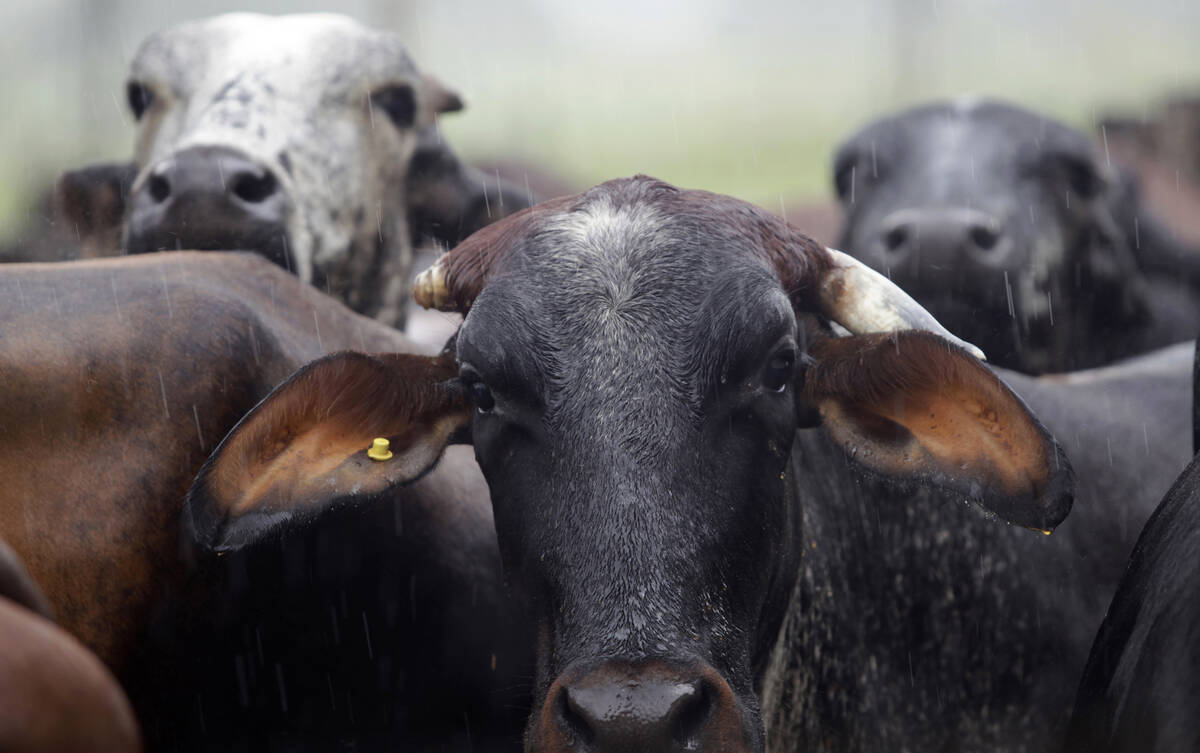PONOKA, Alta. – Overflow crowds jammed onto the hard wooden seats at the Vold Jones and Vold auction ring March 19 to watch the first Wildrose Bison show and sale in seven years.
The top selling bull, owned by Frank and Donna McAllister of Kitscoty, Alta., sold for $6,600.
“It’s just like the old days in the bison and elk industry. There’s a lot of excitement,” Terry Church of Canadian Rocky Mountain Ranch said while watching the sale.
The 21 two-year-old breeding bulls sold for an average of $3,500 with a high of $6,600.
Read Also

Global meat packer prepares for cattle shortage
Brazilian meat packer JBS is preparing for a likely shift in the country’s cattle cycle that could lead to reduced availability of animals for slaughter next year.
The 20 yearling bull calves sold for an average $1,968 with a high of $4,860.
Eighteen two-year-old open heifers averaged $1,902 with a high of $2,870.
Twenty yearling heifer calves averaged $1,268 with a high of $1,640.
Total sale of the 79 head brought $176,385.
Another 120 commercial bison sold at the auction after the Wildrose Bison Sale.
Bison Producers of Alberta chair Marvin Moore said the numbers tell the story. Prices were high, bidders were online and sellers were optimistic.
“I was happy with it. There was a good turnout. There’s an enormous difference from three or four years ago.”
Bison sellers used to be able to sell a few roasts and high quality cuts of meat and then be left with freezers full of hamburger meat, but it’s now the hamburger market that’s driving prices higher.
Trim, which is the meat that goes into hamburger, is selling for $9 per pound and Americans can’t get enough of it.
Bison burgers are now a staple at many American truck stops.
“What’s driving the industry is the meat prices and what is driving meat prices is trim,” Moore said.
“That’s the best news this industry ever had. In old days, trim was what was driving down the market. Now it’s driving it up.”
It’s an industry that Brad Jordan of Millet, Alta., wants to join.
“Things are looking good right now,” said Jordan, who wants to replace his beef herd with bison this summer.
Ideally he would have liked to buy the bison herd at a lower price, but he’s not dissuaded by high prices.
“I believe they’re the right animal designed for this country and the meat is better quality,” said Jordan.
For Frank McAllister, owner of the high selling bull, it’s an industry once again on an upswing.
“It’s an exciting place to be right now. It’s nice to be profitable,” said McAllister, whose family has 350 bison cows and a 1,500 head feedlot.














